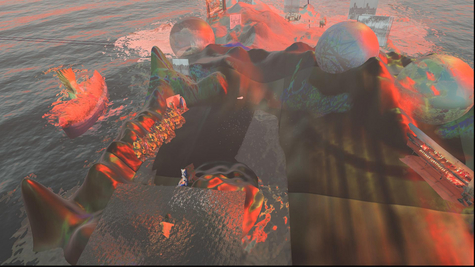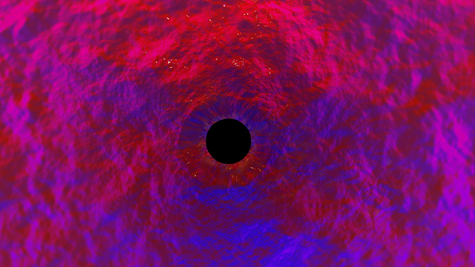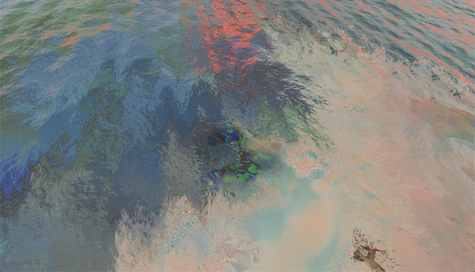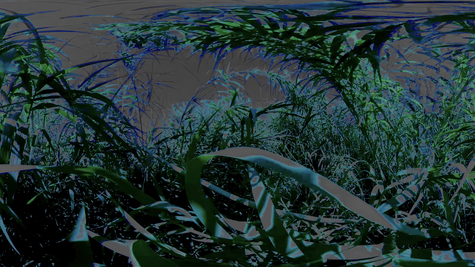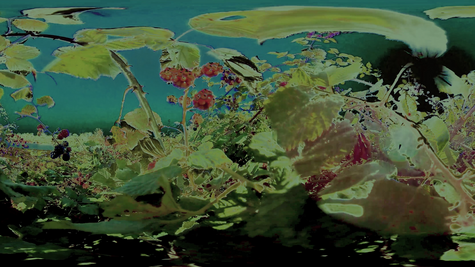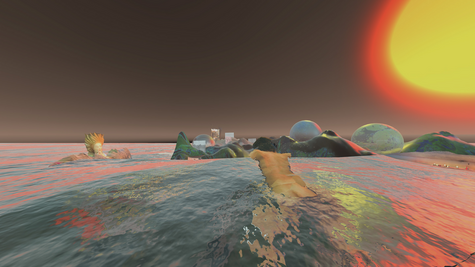From scanning to skinning : How to swim in layers of virtual scum
a (scam) research on digital spectrums
Scanning means either looking carefully at something in detail or overlooking something quickly to get the general idea. It is linking two different speeds and degrees of attention in one act. It is also defined as looking through something to take an image of an inside.
Although, even if we might be able to fold and unfold space digitally by mapping the world, we cannot render its insides, its guts. Only the skin of it. Even in medical images, what we see is an ethereal extrapolation of data, not the insides as they are if we were to cut open the body.
With the rapid democratisation of 3D visualization and representation tools we start to integrate this new photographic style in our contemporary aesthetic and make new use of it.
Lidar, the acronym for ‘Light detection and ranging’, is a laser-based method that extracts data (ranges) by measuring the time for the reflected light to return to the receiver. It is mapping the heights, the up and downs of an object based on its coordinates. It is a time-space method that allows the passage from the solid state into its fluid, digital state.
This mutation leaves behind traces and impurities. In this process of digital revelation something has been caught. It is as if by undergoing this transformation from one state of matter to another, back and forth, a new kind of materiality has been secreted. Meshing, that is to say unfolding the network of textured data collected and extrapolated, creates a digital matter that has the double intensity of a mesh and fluid. In the manner of an undercurrent that forms its shape and flow but is elusive by nature.
This transformation is almost an alchemical process that takes advantage of the in-betweenness of the medium to reveal errors and glitches. And instead of smoothing and erasing them, I decided to look at those anomalies and even highlight them.
- Jaar
2021
- een project van
